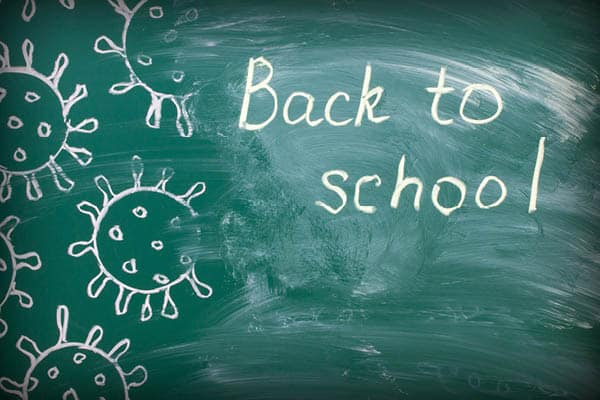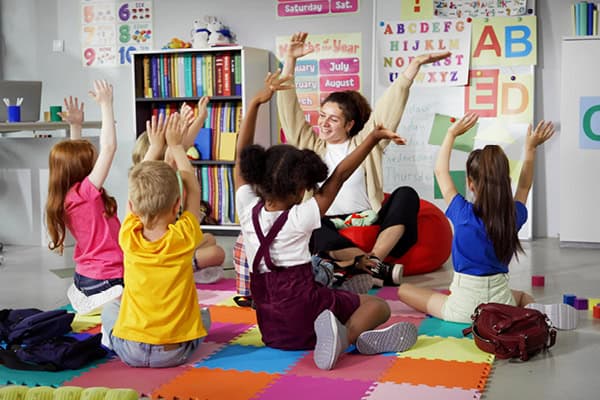A study looking at how six New England high schools figured out the best ways to help students succeed post-pandemic identified moving away from “college for all” and grappling with whether to maintain COVID-era leniency as key themes, according to an article in The 74.
Chosen because they had a track record of innovation, the schools questioned whether the accommodations given to students during the throes of remote learning or right after the return to in-person instruction were still serving them well.
Participating students and families identified three major priorities for post-high school futures: happiness, fulfillment and stability. For some, this included college. For others, it meant immediately entering the workforce. The concept of a “happy life” included financial security, but no one interviewed said salary was the main determinant of success.
Looking to provide roadmaps for other high schools, researchers asked what success means to school communities, especially for students who have been historically marginalized; what solutions schools were exploring to help all students achieve; and what obstacles they were facing in this attempt.
Challenges they observed across schools:
- Educators’ concerns that increasing flexibility could decrease rigor;
- Desire to give students room to define their own paths to success without perpetuating historical “opportunity gaps;”
- Overreliance on traditional data (such as test scores or graduation rates), despite recognizing that these are insufficient to meaningfully track success
Examples of innovations researchers observed schools introducing to ensure students were academically engaged and supported:
- Shifts to interdisciplinary units and coursework. For example, in one school students were learning about marketing, social science, financial literacy and ratios in a multi-week course on the loan industry. One administrator said, “I think we can do a much better job of trapping kids in the honey of each content area. To be a writer is such a powerful thing. To be a scientist is such a powerful thing.”
- AP courses and “Early College Experience” courses, which partner with local colleges and universities;
- Shift in grading towards “grading for equity” practices that focus on measuring what students know rather than how they behave;
- Moving toward using the classroom as a space of exploration of identity and student-driven learning. One school allowed students to build credit-bearing “personalized learning experiences,” essentially independent studies with an advisor;
- Individualized mentoring and counseling — for example, two schools used a “primary person” model, in which each student has one adult mentor who they check in with regularly;
- Alternative approaches to discipline, such as “restorative circles,” which researchers defined as “conversations intended to repair relationships and find mutually-agreeable solutions, after a behavioral incident or conflict.”
While most of the schools started this transformational work before 2020, the pandemic provided a unique opportunity to study high school reform, according to the researchers. These challenging few years “strengthened educators’ dedication to achieving new designs for high school,” while increasing their focus on race, racism and equity.
High schools alone cannot be held wholly responsible to address all the challenges presented in the report, the researchers said. “Instead, what we really observed is the incredible power of bridge building between high schools and the higher education sector, as well as between high schools and local employers.”
The 74






